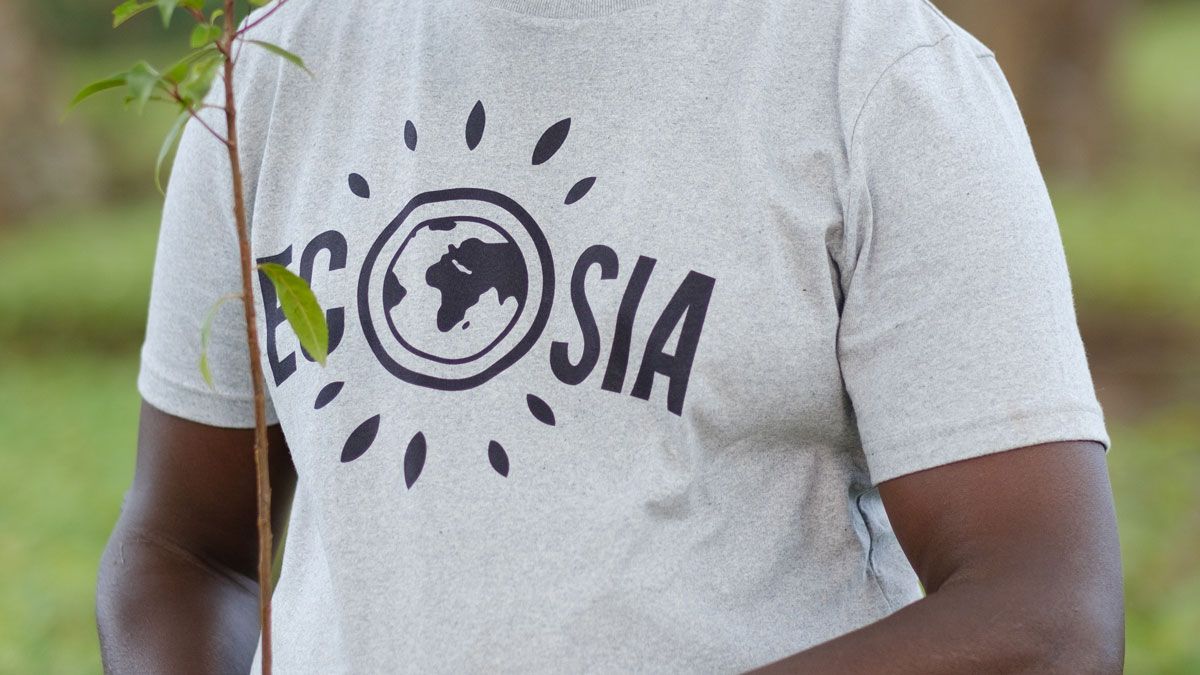Black Friday marks the beginning of the shopping season, which culminates in millions of unwanted gifts going to landfill. For those trying to follow a planet-conscious lifestyle, it’s clear that runaway consumerism is trashing our planet – but how can we minimize our impact during the holidays and beyond?
The first step is to become aware of what we’re buying. Take a simple t-shirt made from cotton. It required 2000 liters of water and toxic pesticides to produce, and was grown intensively on a mass plantation. After harvesting, the cotton is processed using chemical dyes and bleaches that contaminate the waterways. The cotton is then turned into a shirt by women working in dangerous conditions for less than a living wage.

By the time of purchase, the shirt has travelled 32,000 kilometers. It is worn on average seven times before ending up in landfill less than a year later. There it will rot for at least 200 years, emitting methane as it decomposes. The garment industry is responsible for 8% of global greenhouse emissions, the same amount as the entire European Union. It’s clear that we need to transition to an alternative system.
Enter the circular economy, a zero-waste system for producing and manufacturing goods. All existing items are repaired, reused, recycled, or remanufactured, so no further resources are needed. If you source secondhand clothing from vintage stores, charity shops, eBay or clothing swaps, you’re already participating in the circular economy.

Buying nothing is the best option for the planet, but the second-best option, thrifting, is on the rise. The secondhand industry is estimated to double in value in the next five years, as more of us reject fast fashion. Resale sites like Depop have experienced success, as have luxury borrowing services such as Rent The Runway. But while there is still a demand for new clothing, can the circular economy go further?
Some brands are trying to take sustainability a step further by turning waste material into new clothing. Ecoalf creates sneakers from ocean plastic, Nudie Jeans repurpose discarded denim. Patagonia discourages customers from buying too many products and offers a collection made from worn items. These products don’t require cotton farms, oil-based plastics or pesticides – but remanufacturing can be a labour intensive process.

The industry must become more efficient to completely eliminate waste. Ecosia’s t-shirts are created by Teemill, a printing company that supports the circular economy by asking for old t-shirts to be sent back and remade into new products. Customers can scan a label with their phone to activate a free returns coupon when the product is worn out. And the company aims for maximum efficiency by printing each item to order, so there is no surplus stock.
Embracing the circular economy means questioning the logic of our throwaway culture. We are taught by the fashion industry to value newness above all else; the longer we hold on to an item, the more worthless it becomes. It’s time to shift our thinking. Wearing our clothes over and over means we can create memories in them, giving them meaning. Purchasing something means taking responsibility for where it ends up. And reworking the old means that we can continue shopping on a finite planet.